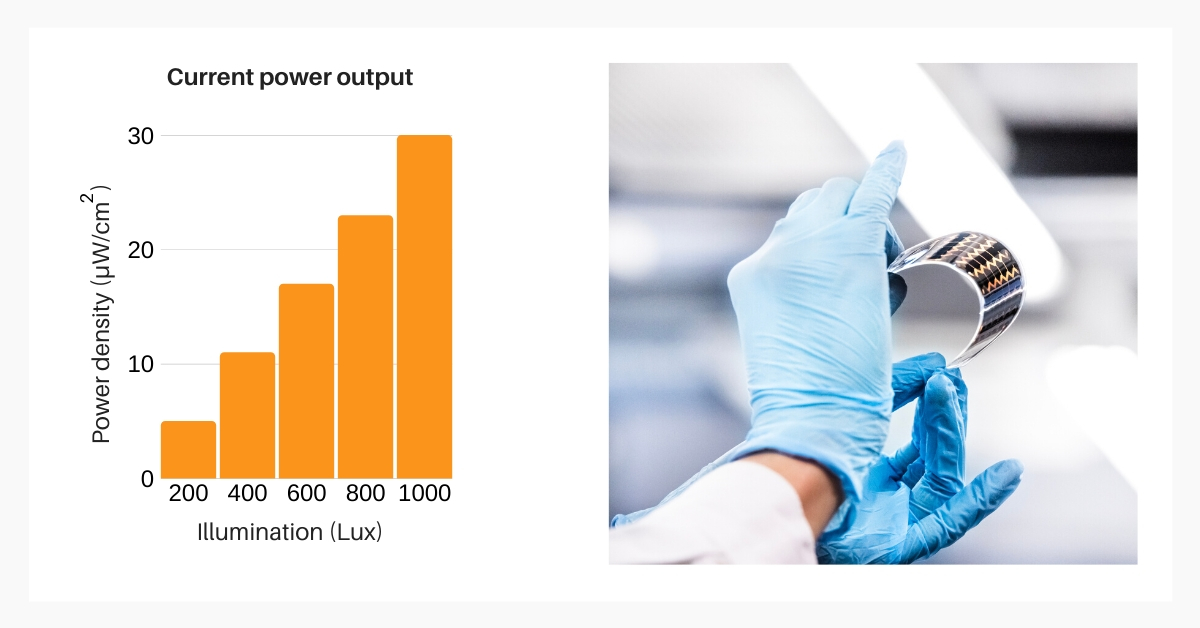Perovskite Solar Cells Taking the IoT to Another Level
In recent years, we’ve seen a rapid growth of the IoT industry. This technology has been called “disruptive” more times than we can count, and it has the potential to revolutionize how people function.
Smart devices can help manage quality control in factories, optimize transportation processes on the roads, or monitor patients’ safety in hospitals. They can enable data-driven decisions and fundamentally shift how we run entire cities.
Growth predictions for the coming years vary, but the overall numbers are staggering. Forecast data published by Statista Research Department suggests over 75 billion connected devices by 2025, and IDC estimates that worldwide spending on the IoT will surpass 1 trillion USD in 2022.
The rising number of these wireless appliances naturally means more energy demand. Thus, the current infrastructure needs to evolve to handle this growth. Ideally, this adaptation would be driven by energy generation from renewables. But is it possible?
Sustainable Solution
Let’s take a look at the power requirements of various technologies. Below, we included an image representing selected data from the Technology and Market Perspective for Indoor Photovoltaic Cells publication. As you can see, current network-enabled devices usually require less than 1 W (this number may further decrease with continuous advancements).

One of the unique things about perovskite cells is that they operate well under low and artificial lighting conditions. It means that they can support smart devices with enough power to work in indoor applications successfully. Moreover, the initial tests we run at an external laboratory prove that our modules provide a much higher power output than typically used (in such conditions) a-Si cells.

The ability to use inkjet-printing method for fabrication on various surfaces comes in handy as well. Manufacturers don’t have to be restrained by a series of design limitations, as the solar cells we offer can be adjusted to specific requirements.
Integrating photovoltaics into IoT devices can bring numerous benefits in terms of business optimization and environmental impact. Most of them are very useful, but they can reach another level by being self-sustainable.

Digitizing the physical world may drastically improve our lives. But to do it sustainably, we need to rethink the fundamentals of energy generation. We should work towards creating self-powered devices that can harvest energy from ambient sources like movement, heat, or – you guessed it – light.
Innovation Starts Now
We’re exploring the IoT market thoroughly because we believe it can significantly benefit from our technology. If you’re working in this industry, we’d love to get in touch with you. In case you would like to see the overview of our “smart offer”, it is available here. We’re finalizing the pilot line setup, so this is a perfect time to start the collaboration.
As always, you can directly go to the Product page and let us know about your idea. Talk soon.
Image credit: Joshua Sortino, Unsplash



